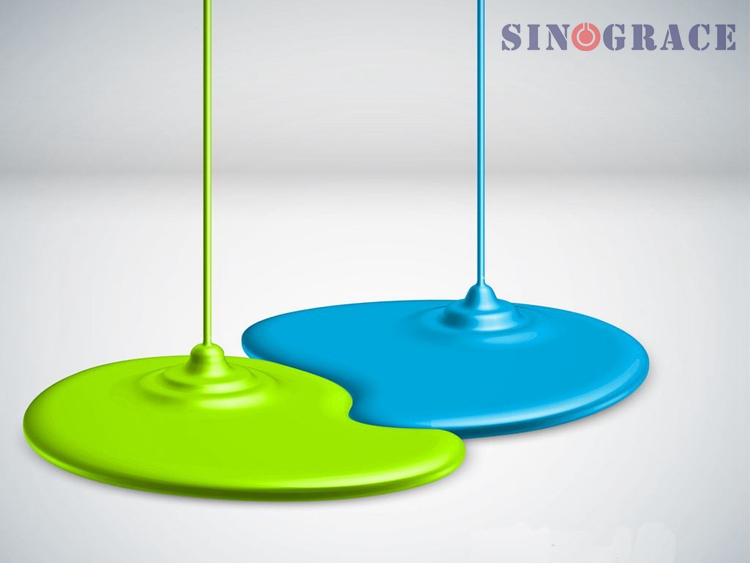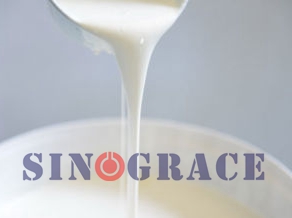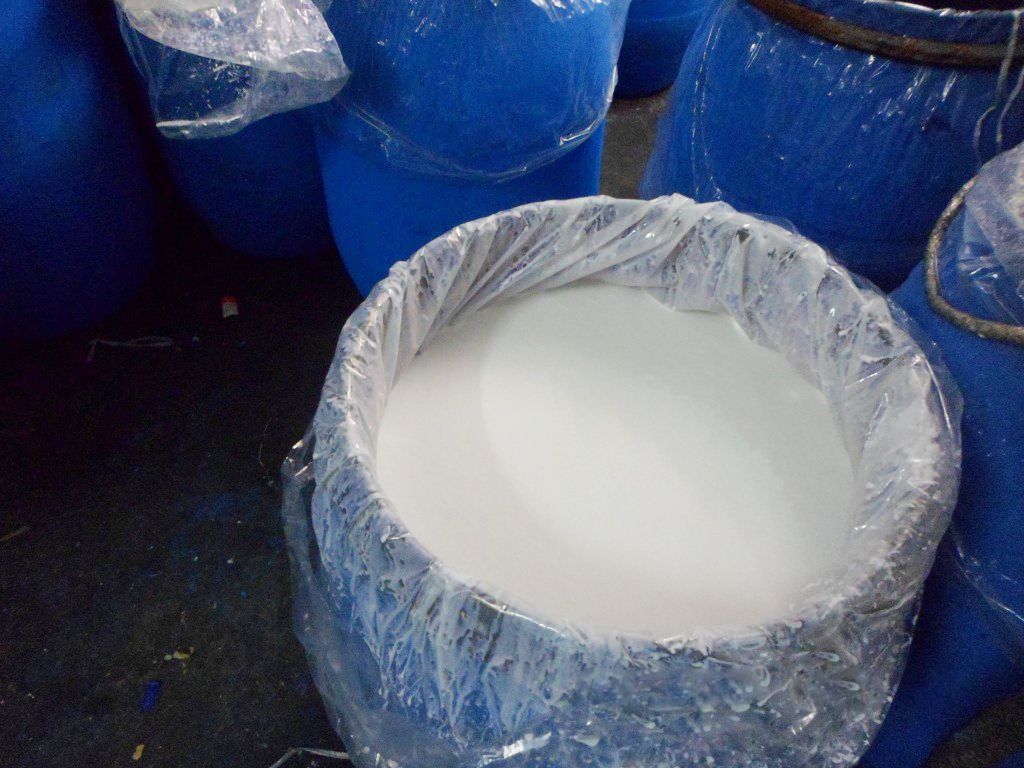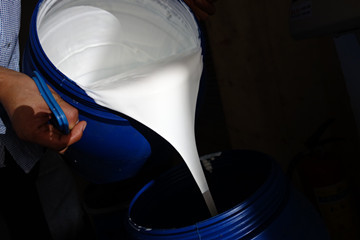Water-based acrylic emulsion formulations need to be considered(1):Water-based acrylic resin composition
1.Principal raw material A.Styrene:The primary reason for the introduction of the monomer into the polyacrylate emulsion is that it provides a high glass transition temperature (Tg),So as to improve the hardness of the film;The other reason is cost.The amount of Styrene in the packaging industry is large,is one of the most important downstream products in the oil industry,low price but vulnerable to macroeconomic.However,the introduction of styrene, in particular, its content is higher than the total monomer volume of more than 15%,will bring a lot of negative effects to water-based paint film. First, the styrene-containing polymer segments lack flexibility, performance of water-based paint film hard and not tough;Second,Styrene contains benzene ring, is the UV absorber, when the monomer content is high, the UV through the adjacent benzene ring will have a shear reaction of the polymer chain, so that the water-based paint film becomes brittle, gloss decreased , Life is reduced;The structure of styrene also determines that it has affinity to many organic solvents, water-based paint film’s solvent resistance and other resins is significantly different. B.Acrylic monomer:There are many kinds of acrylate monomers, and the performance and price are very different.The most commonly used acrylate monomers is butyl acrylate in China,the lowest cost of monomer conversion,is a kind of monomer which is used by most emulsion manufacturers to form a cheap wall paint.Its function is to provide water paint film flexibility.As the acrylic polymer backbone does not contain the group other than the ester group, the main chain and ester side chain flexibility are good, so that the water-based paint film lack of hardness.Although this kind of polyacrylate emulsion is the choice of interior and exterior wall paint, But for the high hardness and toughness of wood paint, the performance is not enough. C. Methacrylate monomers:The performance of methyl acrylate monomer is better than acrylate monomers.Due to the methylation of the methacrylate polymer backbone, the activity of the main chain is limited and the backbone steel is reinforced,meanwhile the ester side chain provides flexibility,so that the methacrylate monomer has the best balance of hardness and toughness.Such as polymethyl methacrylate (methyl methacrylate) is commonly known as plexiglass; Because methacrylate monomer doesn’t contain benzene ring, compared to the styrene monomer in the anti-UV erosion, durability, and solvent resistance ,it has obvious advantages. In summary, water-based acrylic resin manufacturers have a lot of monomer to choose, not only can change its type, but also change the relative proportions and components.Water-based paint manufacturers in the choice of water-based acrylic emulsion, can not only consider the "pure acrylic" or "styrene acrylic " these empty concept vocabulary,should be based on the actual performance of waterborne acrylate resins and their formulations. Next...
read more

 English
English français
français русский
русский español
español العربية
العربية








